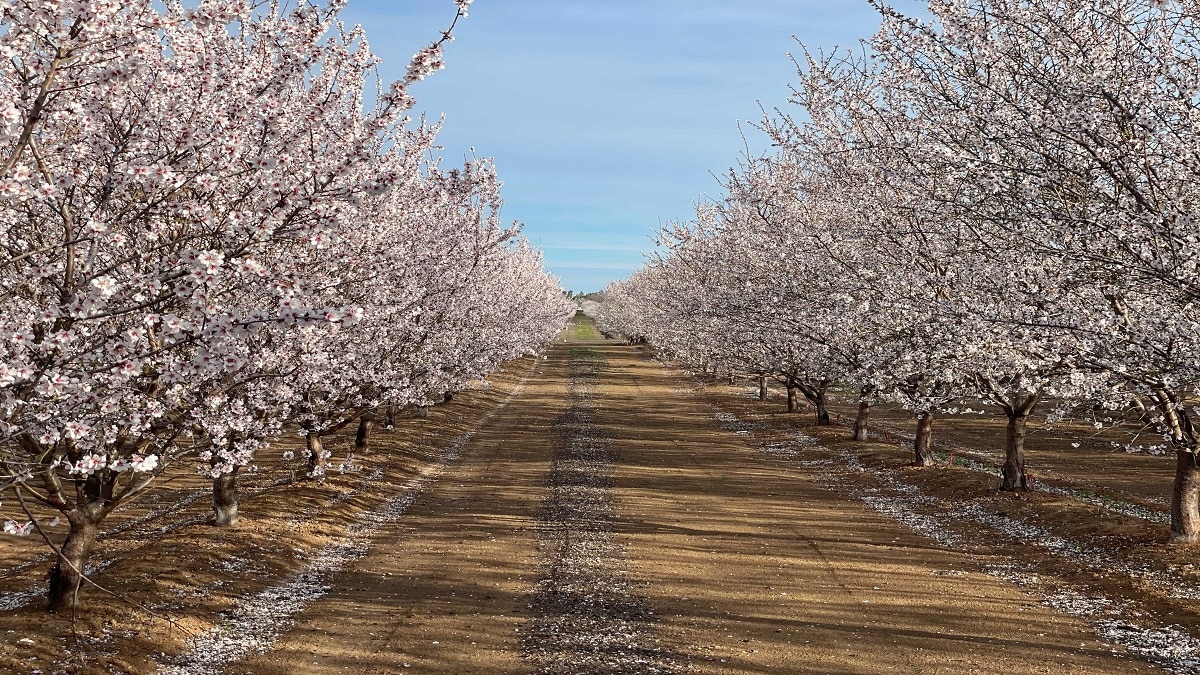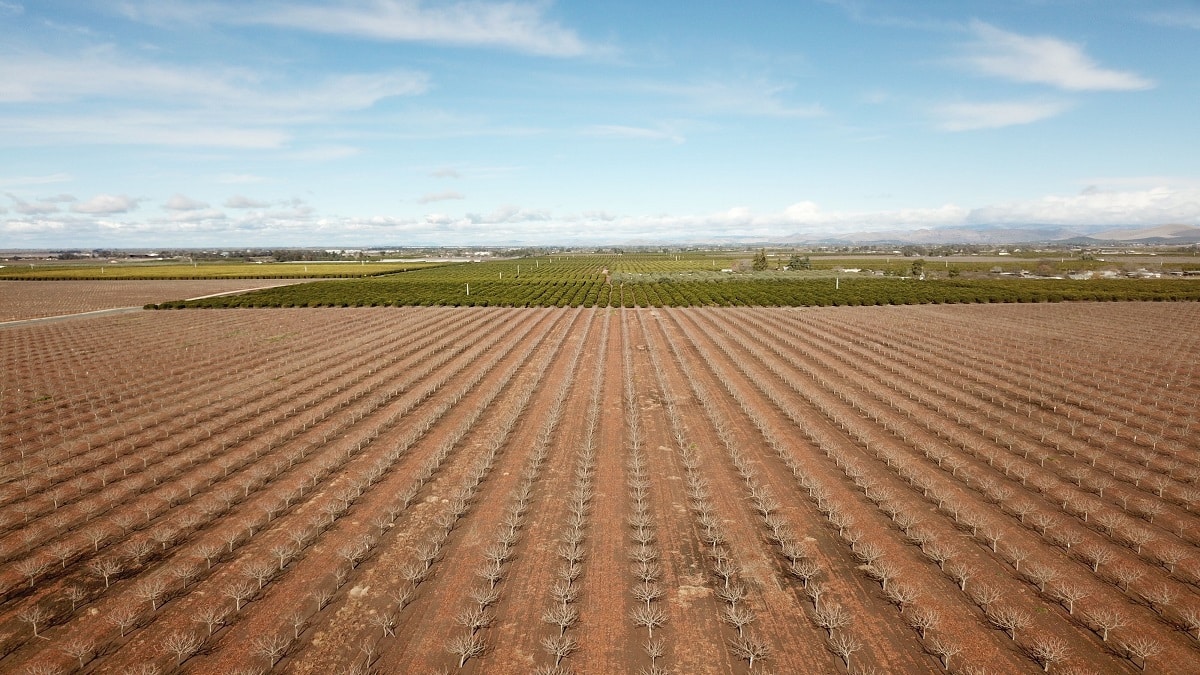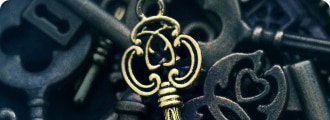Why Savvy Real Estate Investors are Turning to U.S. Farmland*
Real estate investors, novices and veterans alike, are often drawn to multifamily, office, retail and even industrial opportunities as these product types are relatively easy to grasp and understand. Investing in U.S. farmland is a bit more opaque. People are less familiar with how farmland is owned, operated and profit-generating.
Yet, those who take the time to understand U.S. farmland will find that it is an attractive investment on many fronts. So much so that today, farmland is drawing interest from institutional and other cutting-edge investors.
Why, might you ask? There are several reasons. For one, farmland can be both predictable and profitable. Investing in U.S. farmland is a great opportunity for those looking to diversify their portfolios and hedge against market volatility.
Financials aside, forward-thinking investors are finding that farmland can be a great asset for those interested in investing in a socially responsible, environmentally sustainable product.

Picture courtesy of FarmTogether.
Modern Day Farming in the U.S.
Farmland makes up roughly 45 percent of the nation’s two billion acres of land. The sheer size and scale of U.S. farmland makes it a compelling investment opportunity for those who understand the asset class. What is more, demand for farmland has never been higher.
A growing global population will demand as much as 50 percent more food by 2050, according to some industry experts.
Farming can take many forms. There is cropland, which includes corn, soybeans, wheat, potatoes, and other row and permanent crops. Permanent crops entail a different type of farming. Permanent crops include crops that are grown on trees, vines and shrubs. These include tree nuts, apples, citrus, wine grapes and stonefruit.
Different still is dairy farming or livestock farming.
What is so unique about investing in farmland, and one of the reasons why people are coming to feel comfortable with this industry niche, is that it usually entails not only investing in the physical land and equipment, but also the farming operation itself. The strength of the farming operation heavily influences how profitable farmland can be (more on this to come).
The Rise of Big Agriculture (Ag)
Over the past few decades, farmland production has become dominated by large, multinational corporations. These corporations, such as Monsanto, have invested heavily in the research and development of chemicals that can be utilized by farmers to increase productivity.
These chemicals, often referred to as “genetically modified organisms” or GMOs, are highly effective.
For context: roughly 30% of U.S. farmland, by acreage, is owned by large corporations (vs. small and mid-sized farmers). This 30% of farmland represents more than 60% of total agricultural production. The widespread use of GMOs is how these farms have increased their yield, and therefore, profitability.
This has created a tremendous productivity gap between small and large farmers and in turn, big ag farming has been able to put downward pressure on the price of crops, which effectively hurts the small- and mid-sized farmer. In order to remain competitive, small- and mid-sized farmers now feel pressure to use GMOs, as well.
However, a growing body of research shows that GMOs have adverse effects.
Those who consume products cultivated with GMOs are more likely to have negative health outcomes, such as elevated toxin in their bloodstream, organ damage and even cancer.
In response, small and mid-sized farmers have begun to push back against big ag – though not always successfully. Large companies still have a stronghold on U.S. agriculture, but the tide may be beginning to shift, particularly as more socially-responsible investors commit their capital to farms that grow organically and with more environmentally-sustainable practices.
An Alternative: Investing in Small, Independent Farmers
One of the reasons farmland is so complex is that it is not a homogenous market. Unlike multifamily or office products that can be developed in a relatively cookie-cutter manner, regardless of region, the farmland market is incredibly diverse and depends on local submarket conditions.
There is tremendous dispersion across states. The agronomy (soil and water) condition varies, as do crop economics, valuations and other key investment factors. Identifying the highest and best use of each individual farm will depend on these specific characteristics, and really requires investors to understand the nuances of farmland and its operation.
This is a key reason why farmland remains so highly fragmented.
There more than 2.2 million farms in the U.S. today. Only 3% of total farmland, by acreage, is owned by institutional investors. This represents an opportunity for those interested in investing with small, independent farmers.
The Benefits to Investing in U.S. Farmland
There are many benefits to investing in U.S. farmland starting with the economic benefits. For example, U.S. farmland has consistently returned, on average, 10% per year since the 1960s.
Farmland is a particularly attractive investment as inflation rises.
With inflation, the value of crops rises, which results in even greater profit for farmers. This makes farmland an attractive investment for those looking to diversify their portfolios and hedge against market volatility.
Yet aside from sheer economics, there are other reasons to invest in U.S. farmland that have nothing to do with double-digit profits. Socially-conscious investors are finding that investing in small and independently owned farms can provide climate, health and other economic benefits.
Sustainability / Climate Change
Climate change no longer a hypothetical risk. It is already transforming the global economy, reshaping markets, and altering the investment landscape.
In 2018, U.S. agriculture contributed 9.9 percent of total greenhouse gasses, according to the Environmental Protection Agency. By 2025, widespread adoption of climate-smart agriculture practices could reduce U.S. agriculture’s contribution to total U.S. GHG emissions by more than half, from 9.9 percent to 2.8 percent. By 2035, through widespread adoption of promising new technologies, U.S. agriculture could be a carbon sink, at -4 percent of total U.S. GHG emissions.
Environmental, social and governance (“ESG”) investors have started to take note. ESG investors have typically stayed away from sector given industrial agriculture’s reliance on pesticides, fertilizers and increasingly, GMOs. Now, ESG farmers are looking to invest with farmers who are shifting their practices and actually farming in a way that fights climate change, known as “sustainable agriculture”.
As of November 2020, ESG investors had a combined portfolio of $17 trillion in ESG investments. Of those, money managers said they had invested $2.38 trillion in sustainable agriculture; institutional investors had $2.16 trillion invested in the same. According to a recent survey, sustainable agriculture is now a top five priority among ESG investors.
New Technology is making Small Farmers More Competitive
Naturally, investors are drawn to farmland that is highly productive and therefore, profitable. This is why institutional investors have historically only invested in big ag.
Yet new technology is starting to make small and mid-sized farmers more profitable and competitive.
For example, Farmer Mac, the equivalent of Fannie Mae and Freddie Mac for housing, has been providing low-cost loans to U.S. farmers who need to bring high-speed broadband to otherwise rural areas. With access to high-speed broadband, smaller farmers can use new technology to analyze and more carefully monitor their farm data. Historically, extensive digital farm-management systems were only available to large companies such as Bayer AG and Corteva Agriscience – big ag companies that also heavily invest in GMO research.
The growth of “precision agriculture” technology means that small farmers can now affordably use satellite imagery to gather data about their farms. Others are using drone technology to identify problem areas from above.
As more farmers adopt these new technologies, they will become more profitable and therefore more competitive – without having to rely on chemicals or on GMOs. Electronic monitoring and automated harvesting are already driving the profitability of smaller and independently owned farms.
Promotes Healthier Food Production and Consumption
People are starting to learn more about the impacts that GMOs have on long-term health outcomes, such as potentially causing cancer.
In response, many small and independently owned farms have doubled down on using safe, organic growing practices.
There are certainly challenges to this approach, such as decreased yield, but advances in technology may help farmers overcome these obstacles.
For example, Danish firm Novozymes offers a promising technology to increase crop yields without using GMOs. Instead, the technology uses enzymes as a seed treatment so plants can intake nutrients more efficiently.
As ESG and other institutional investors become more focused on sustainability, climate change and health outcomes, there will be increased pressure to support “small ag,” especially those that have agreed to abstain from using GMOs.
In fact, some ESG investors have said they will only invest in farmland where farmers have committed to eliminating their use of pesticides and other harmful chemicals.
Jeff Finkelman, senior research analyst at Fiduciary Trust International, says agriculture is changing and consumer demand for healthier, more sustainable foods can help speed it further.
“The market is going to respond to that consumer pressure,” Finkelman says, adding “supply chains that rely on some of these more climate smart practices can have a real effect, because they send a very strong price signal to the market that there’s demand for this service.”
Moreover, a growing body of research shows the importance of healthy, nutritious food. This is especially important for learning and childhood development. Many local, state, and federal programs have been launched to subsidize produce and other foods cultivated by local farmers.
This makes organic foods more affordable, and therefore, more accessible for mass consumption. Investing in U.S. farmland is making a commitment to help end hunger and food insecurity by investing in farms that promote healthy, nutritious food options.
Supporting Local Farmers Supports Local Economies
The average age of the U.S. farm owner today is in their early 60s. Many of these farmers will be retiring in the near future, and questions remain about who will take over these farm operations.
This presents a challenge for U.S. farming, but it is also a real opportunity.
Organic farming is especially impactful to local economies. Organic farming creates an estimated three times as many jobs as industrial farming. Locals are hired to use their hands, unlike big ag that relies on big machines to replace these workers.
What is more, organic farming jobs are accessible to residents with varied skills and abilities. There are even programs that exist to train people with disabilities for various farming roles. Investing in U.S. farmland is a commitment to strengthening the local economies where these farms exist.

Picture courtesy of FarmTogether.
Access to Capital Remains a Challenge for Small Farmers
Another reason to invest in U.S. farmland is that the average, small farmer struggles to access capital. Investment in these farms is exactly what they need in order to thrive.
Access to capital is particularly important for those farmers who want to adopt new technologies and transition to a climate-smart agricultural system. Private equity currently comprises just a small fraction of investment in U.S. farmland (just over $3 billion) but is an emerging asset class that may provide the type of more flexible capital and liquidity that famers desperately need to be successful.
Do Well by Doing Good
Investing in a socially-responsible manner is not a new concept. Sustainable stocks and mutual funds have been available to investors for the better part of two decades now. Because farming has been seen to have a negative impact on the environment primarily due to the reputation big-ag has for driving profits before healthfulness, there were few options for socially-responsible investors to participate in this sector. That is beginning to change now that farming practices and operations are changing, too.
Those looking to invest in farmland will find that it is a stable, long-term investment that provides diversification and attractive returns.
While it has its complexities, such as reliance on water, soil health and biodiversity, modern day farmers are adopting innovative technologies and adaptive farming techniques that will mitigation these challenges – paving the way for a more predictable investment opportunity that also results in social and environmental benefits.
Responsible investors will want to look at investing in farmland. They can play a unique role in deploying capital in a manner that does not harm the environment or add stress to already compromised ecosystems. In short, investors can do well by doing good when they invest in U.S. farmland.
How to Invest in Farmland
U.S. farmland has a market value of $2.7 trillion, with 40 percent of farmland leased, according to the USDA. That figure is comparable to the value of all of the office buildings in the U.S., yet farmland has very little institutional ownership today despite its attractive investment characteristics.
It has historically been difficult for individual investors to invest in sustainable agriculture. There were no targeted mutual funds or ETFs focused on this theme. This is something we expect to see emerge in the years and decades moving forward.
Investing in sustainable agriculture is still in its early stages, similar to investing in renewable energy in the early 2000s.
Those looking to begin investing in U.S. farmland may want to consider investing with a company like FarmTogether, AcreTrader, Harvest Returns and others. These platforms’ all-in-one investment offerings are the first of their kind to focus on top quality farmland investment opportunities made available to retail investors. They each offer different opportunities for investors, ranging from a $10,000 investment in farmland syndications to sole ownership of farm opportunities.
CONCLUSION
Investing in U.S. farmland may seem intimidating given its complexities. Anyone looking to pursue an investment in farmland will want to partner with a team that understands the nuances of farmland investing, ranging from farmland due diligence to value-add strategies and farming operations.
At least three website offer you this opportunity, listed above. Check them out to learn more.
* I have had many pleasant interactions with senior team members at FarmTogether, AcreTrader, and Harvest Returns, and have been approached by individual sponsors wanting assistance in raising capital for farmland, but I was inspired to write this article after watching the movie, Percy vs. Goliath, which gave me a sense of the real importance of looking at farmland as a credible and important alternative real estate investment option.
If you liked this article and would like to learn more about real estate investing, check out some of the resources below:
Newbie
If you want to build your wealth and earn passive income from real estate investing and are looking at deals on marketplace platforms or through developers online, then I recommend you start by the 8 Key Financial terms so you can understand every deal you look at.
The 8 Financial Keys are not only a great way to get started, they are also essential to understanding how you’ll make money in any real estate deal.
You’ll learn the most important financial concepts you need to know in real estate investing that apply to every type of real estate no matter the asset class (office, industrial, residential, hospitality, retail).
Intermediate Investor
If you’ve got some online real estate investments under your belt already and are beginning to receive passive income checks each month, or have been paid off with profit – or (hopefully not) are finding that some deals are not quite panning out the way you expected, then check out this page for a wealth of free resources.
Here I cover everything from beginner all the way to very advanced real estate concepts.
You’ll find podcasts with developers, researchers, professors and other industry experts, detailed articles, and lots of videos, both short and long that are all easily searchable and totally free.
Advanced Investors
I am not shy about being straightforward about real estate investing; it is exciting, lucrative, and can help you build wealth and income as part of your investment portfolio, but it is not without its risks.
As an advanced investor you know this already, so I’ve put together a webinar for you that guides you through one of the most important components of real estate investing: Real Estate Contracts – reading between the lines.
This is advanced learning and based off conversations I had with three of the top real estate attorneys in the country, combined with my own personal experience. Access it here; it could be the most important webcast you watch all year.
RELATED ARTICLES





